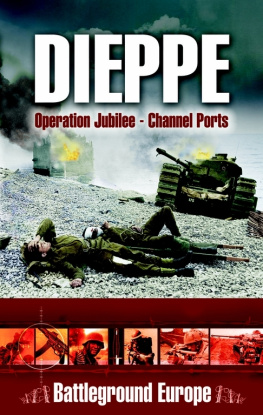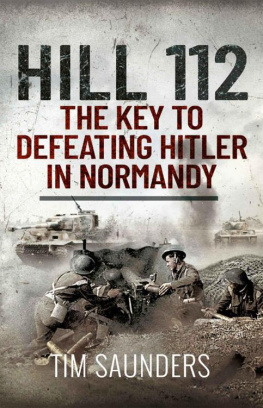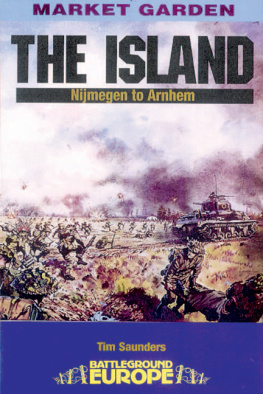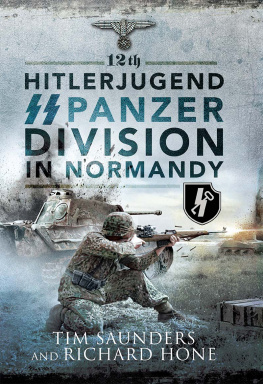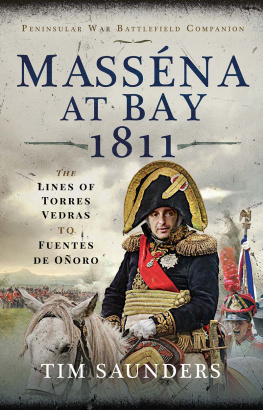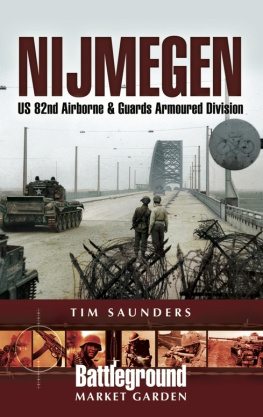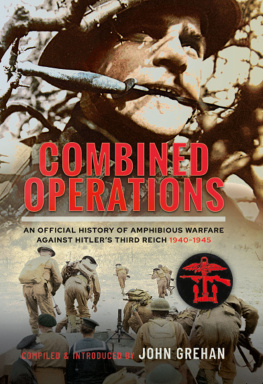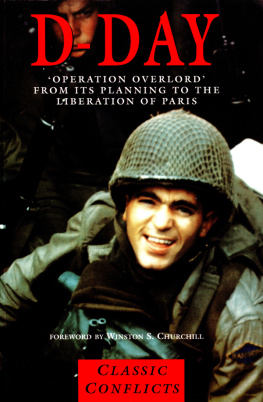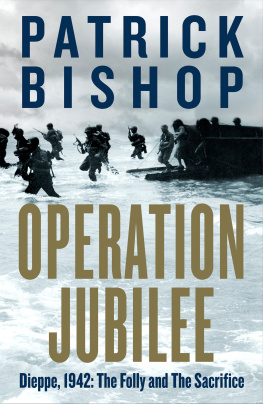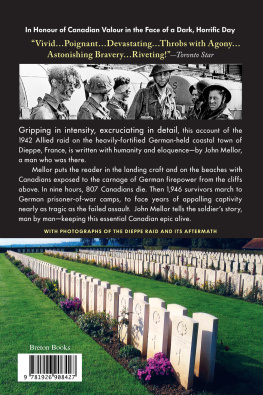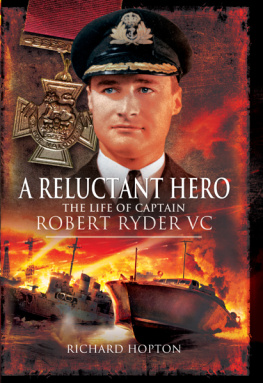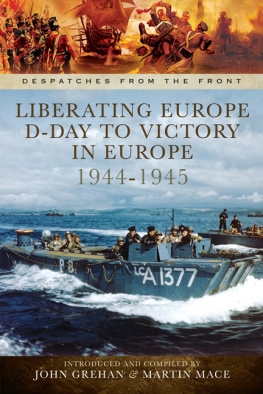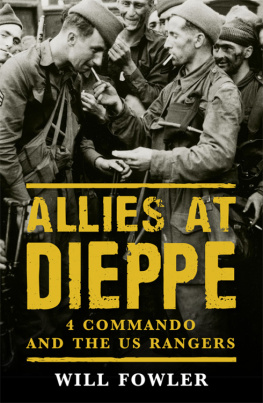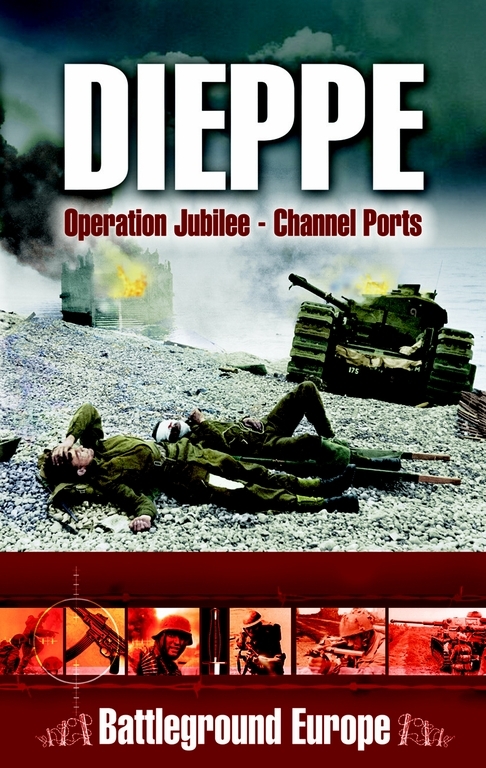Appendix 1
Victoria Cross Citations
ANTHONY PORTEOUS, R.A.
Captain (Temporary Major), 73033, Royal Artillery
Victoria Cross
War Office - 2nd October 1942.
The KING has been graciously pleased to approve the award of the VICTORIA CROSS to:
Captain (temporary Major) Patrick Anthony PORTEOUS (73033), Royal Regiment of Artillery (Fleet, Hants.).
At Dieppe on the 19th August, 1942, Major Porteous was detailed to act as Liaison Officer between the two detachments whose task was to assault the heavy coast defence guns.
In the initial assault, Major Porteous, working with the smaller of the two detachments, was shot at close range through the hand, the bullet passing through his palm and entering his upper arm.
Undaunted, Major Porteous closed with his assailant, succeeded in disarming him and killed him with his own bayonet thereby saving the life of a British Sergeant on whom the German had turned his aim.
In the meantime, the larger detachment was held up, and the officer leading this detachment was killed and the Troop Sergeant-Major fell seriously wounded. Almost immediately afterwards the only other officer of the detachment was also killed.
Major Porteous, without hesitation and in the face of a withering fire, dashed across the open ground to take over the command of this detachment. Rallying them, he led them in a charge, which carried the German position at the point of the bayonet, and was severely wounded for the second time. Though shot through the thigh he continued to the final objective where he eventually collapsed from loss of blood after the last of the guns had been destroyed.
Major Porteouss most gallant conduct, his brilliant leadership and tenacious devotion to a duty, which was supplementary to the role originally assigned to him, was an inspiration to the whole detachment.
LIEUT.-COL. CHARLES CECIL INGERSOLL MERRITT
South Saskatchewan Regiment
Victoria Cross
Department of National Defence, Ottawa. 2nd October 1942.
THE CANADIAN ARMY
The KING has been graciously pleased to approve the award of The VICTORIA CROSS to:
Lieutenant-Colonel Charles Cecil Ingersoll MERRITT, The South Saskatchewan Regiment.
For matchless gallantry and inspiring leadership whilst commanding his battalion during the Dieppe raid an the 19th August 1942. From the point of landing, his units advance had to be made across a bridge in Pourville which was swept by very heavy machine-gun, mortar and artillery fire: the first parties were mostly destroyed and the bridge thickly covered by their bodies. A daring lead was required; waving his helmet, Lieutenant-Colonel Merritt rushed forward shouting Come on over! Theres nothing to worry about here. He thus personally led the survivors of at least four parties m turn across the bridge. Quickly organizing these, he led them forward and when held up by enemy pillboxes he again headed rushes which succeeded in clearing them. In one case, he himself destroyed the occupants of the post by throwing grenades into it. After several of his runners became casualties, he himself kept contact with his different positions.
Although twice wounded Lieutenant-Colonel Merritt continued to direct the units operations with great vigour and determination and while organizing the withdrawal he stalked a sniper with a Bren gun and silenced him. He then coolly gave orders for the departure and announced his intention to hold off and get even with the enemy. When last seen he was collecting Bren and Tommy guns and preparing a defensive position which successfully covered the withdrawal from the beach.
To this Commanding Officers personal daring, the success of units operations and the safe re-embarkation of a large portion of it were chiefly due. Lieutenant-Colonel Merritt is now reported to be a Prisoner of War.
HONORARY CAPTAIN JOHN WEIR FOOTE
Canadian Chaplain Services Royal Hamilton Light Infantry
Victoria Cross
Department of National Defence, Ottawa. 14th February 1946.
THE CANADIAN ARMY
The KING has been graciously pleased to approve the award of the VICTORIA CROSS to:
Honorary Captain John Weir FOOTE, Canadian Chaplain Services.
At Dieppe, on 19th August, 1942, Honorary Captain Foote, Canadian Chaplain Services, was Regimental Chaplain with the Royal Hamilton Light Infantry. Upon landing on the beach under heavy fire he attached himself to the Regimental Aid Post which had been set up in a slight depression on the beach, but which was only sufficient to give cover to men lying down. During the subsequent period of approximately eight hours, while the action continued, this officer not only assisted the Regimental Medical Officer in ministering to the wounded in the Regimental Aid Post, but time and again left this shelter to inject morphine, give first-aid and carry wounded personnel from the open beach to the Regimental Aid Post. On these occasions, with utter disregard for his personal safety Honorary Captain Foote exposed himself to an inferno of fire and saved many lives by his gallant efforts. During the action, as the tide went out, the Regimental Aid post was moved to the shelter of a stranded landing craft. Honorary Captain Foote continued tirelessly and courageously to carry wounded men from the exposed beach to the cover of the landing craft. He also removed wounded from inside the landing craft when ammunition had been set on fire by enemy shells. When landing craft appeared he carried wounded from the Regimental Aid Post to the landing craft through very heavy fire.
On several occasions, this officer had the opportunity to embark but returned to the beach as his chief concern was the care and evacuation of the wounded. He refused a final opportunity to leave the shore, choosing to suffer the fate of the men he had ministered to for over three years.
Honorary Captain Foote personally saved many lives by his efforts and his example inspired all around him. Those who observed him state that the calmness of this heroic officer as he walked about, collecting the wounded on the fire-swept beach will never be forgotten.
Appendix 2
Advice to Visitors
Preparation and planning are important prerequisites for an enjoyable and successful tour. This section aims to give some advice to those who are travelling to France for the first time and acts as a checklist for the more seasoned traveller.
Travel Documentation
UK and European Union citizens are required to carry passports when travelling to France. However, many non-EU citizens will require a visa to visit France check with the French Embassy in your country of origin before travelling.
Travel to Dieppe
Most visitors travelling to the Northern France do so by car. However, with Dieppes direct access by ferry, an increasing number of visitors are cycling around the battlefields. Whatever the visitors mode of travel around the Dieppe area, a journey originating in the UK has to cross the Channel. A wide range of options available. The most convenient ferry service is the route from Newhaven direct to Dieppe. The service, however, only typically operates from around Easter to the end of October. Delivering the visitor to Dieppe reduces continental driving and has the benefit of the view enjoyed by those who took part in the raid. An hour to the west is le Havre, which is served by ferries from Portsmouth. Choice for most visitors depends on the convenience of the sailing times and, of course, relative costs. To the east of Dieppe are the shorter, and consequently cheaper, crossings in the Calais area and or those who dislike ferries there is the Channel Tunnel, but this option, though quicker, is usually more expensive. From Calais, Dieppe can be easily reached via the autoroute in two hours but bear in mind tolls cost up to 5 each way. It is worth checking out all the options available and make your selection of routes based on UK travel, ferry times and cost. French law requires you to carry a full driving licence and a vehicle registration document. Do not forget a GB sticker if you do not have EU number plates with the blue national identifier square.

